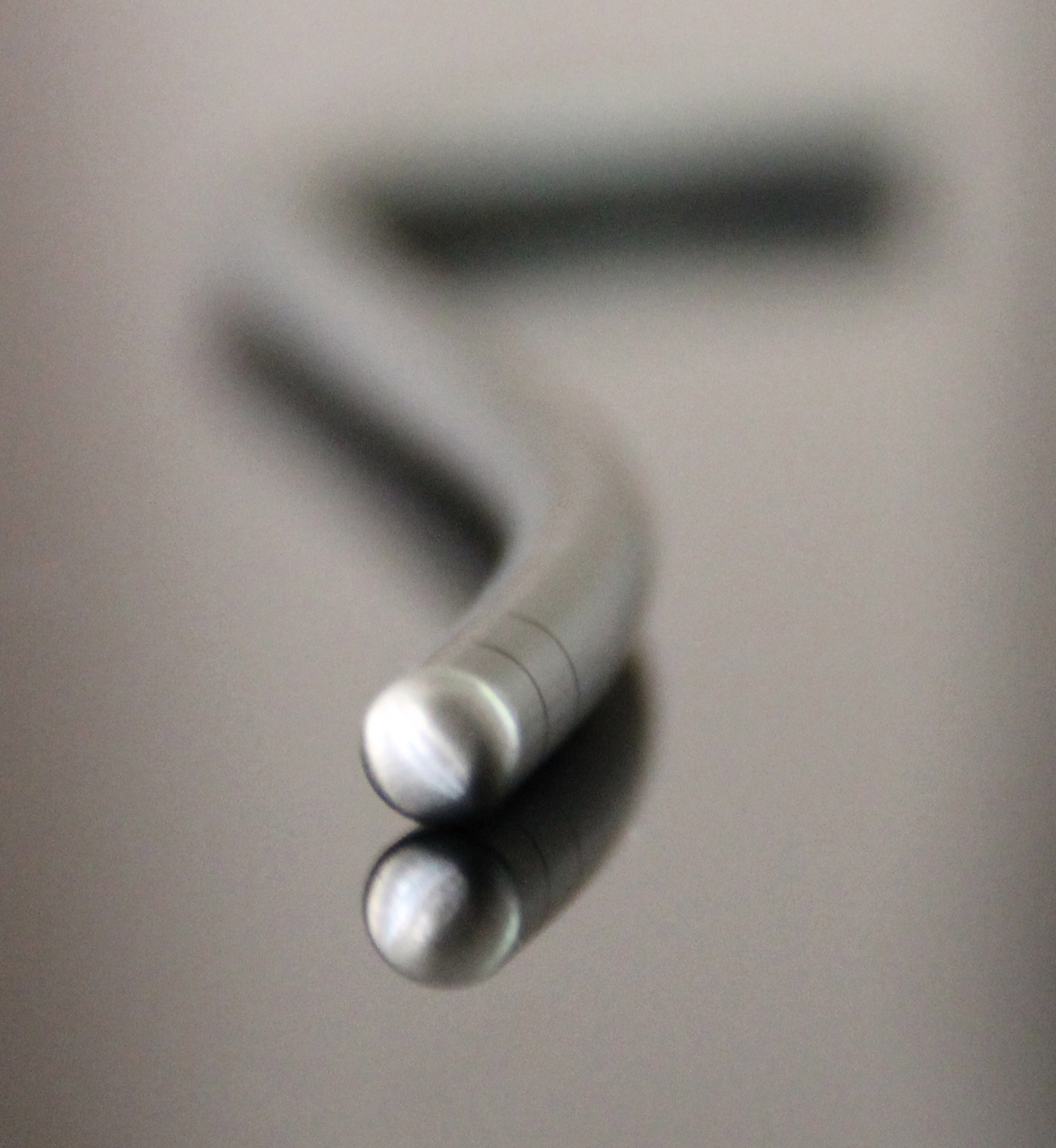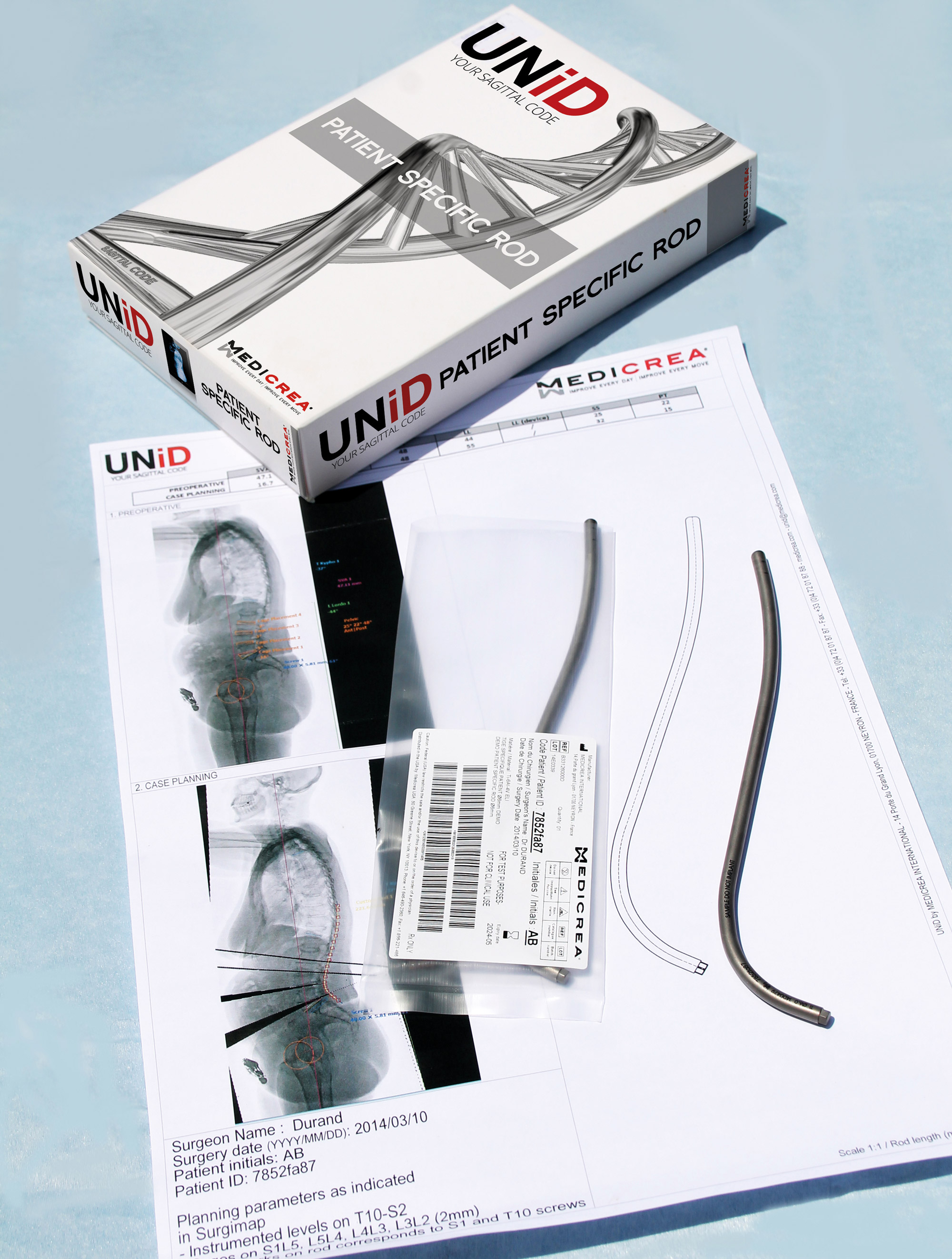
A lab service assists physicians in real-time to prepare implantable spinal rods, demonstrating how 3D printing must get much closer to application areas.
Spinal surgery is not something I’d wish upon anyone, but for some it’s a way to relieve pain and restore life. Spinal fusion is a technique involving permanently joining one or more vertebrae by using bone grafts. While the vertebrae become solid, they must be held fast, and this is done with spinal rods.
Historically, the technique for creating these rods was simply to be bent into an approximate shape in the operating room by the physician. As you might suspect, this might not have been the most accurate method of producing spinal rods.

MEDICREA produces customized spinal rods using 3D printing techniques. They produce rods in two different alloys, Titanium TA6V ELI or Cobalt Chromium, suitable for human implantation. But their magic is to use patient X-rays and analysis to develop a 3D model of the perfect spinal rod.
MEDICREA has been performing this procedure since 2014 quite successfully, but now they’ve stepped up the process by deploying a kind of “SWAT Team” to assist physicians. No, they’re not 3D printing the spinal rods DURING THE OPERATION! No! That would obviously take far too long.
Instead, their “UniD Labs” service provides significant pre-operation services to develop patient-customized solutions. They explain:
The UNiD™ Lab Services enhance MEDICREA’s commitment to the development of personalized implants and surgeon-specific services for patient-specific needs in the treatment of spinal pathologies. The unique ability to collect, centralize and analyze large amounts of anonymous clinical data from surgical centers worldwide helps better understand the correlation between sagittal parameters and clinical outcomes as well as the efficiency of various surgical strategies for differentiating patients.
Apparently, this service has been used over 500 times since 2014, demonstrating the success of this approach.
But others in the 3D printing universe should take note: The world does not want 3D printers. The world wants solutions to problems, which, from time to time, could be provided by 3D printing technology.
This is the approach taken by MEDICREA: while the core of the business is to run a 3D printer to produce a “part”, the majority of the company is organized to deliver business to their printers by means of highly specialized application services.
Physicians don’t have a hope of operating their own 3D printer to produce such spinal rods. They may even be unaware of this solution entirely.
But MEDICREA provides an easy path for physicians to give better care for their patients. If you make that path easy, more will take it.
So, in the end is MEDICREA a 3D printing company applying the technology to the medical world? Or is it a medical company that happens to use 3D printing.
I think it’s the latter, and more companies should be taking this approach.
Via MEDICREA

